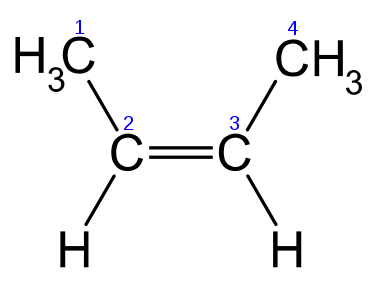Today, we continued our work with naming groups. Last class,
we went over the rules for naming. This class we mostly did examples.
One important addition: carbon chains without functional
groups are often abbreviated as R. For example, R-OH would be alcohol.
Here are the examples we went through:
Ex.) Draw: 2, 3 diphenyl 3 ethyl 1, 5 pentadiol
To draw this compound, first draw the parent chain. Afterwards, attach two OH groups to carbons 1 and 5 on the parent chain. Finally, add two benzene side chains and an ethyl at the appropriate places.
Ex.) Draw: Phenol
This is a special compound. Phenol consists of a benzene attached to a single OH group.
We also learned about aldehydes. Like ketones, aldehydes
have an oxygen double bond. However, in this case, the oxygen is bonded on the
end. The suffix for the compound is ‘-al’.
The simplest form is methanal, which is better known as
formaldehyde.
We also started our study of other functional groups.
The first one we learned of is carboxylic acid.
For carboxylic acids, there is a double bonded oxygen (an
aldehyde) and an alcohol functional group on the last carbon. The suffix for this
compound is ‘-ioc acid’.
Ex.) Draw: 3 chloro 2 methyl butanoic acid
That’s it for today’s lesson. Next class, we can expect to continue learning about functional groups.
Here's the vid:
Posted by Michael.


















